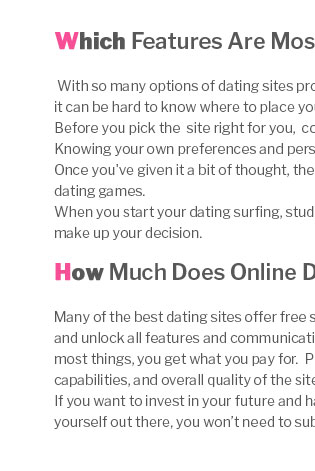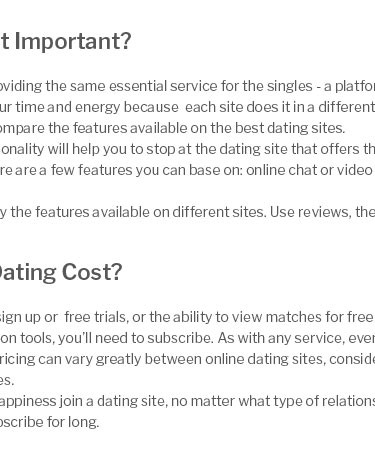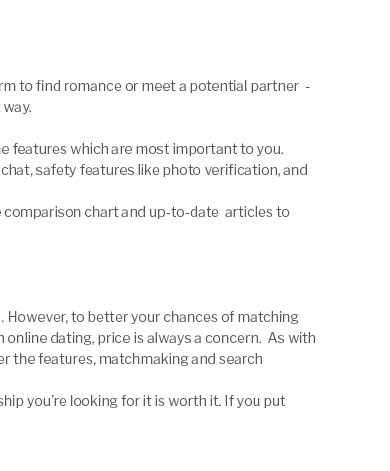 |
 |
|---|
|
|
|
|---|---|
 |
 |
 |
 |
|---|---|
 |
|
 |
|
 |
|
 |
|
 |
|
 |
|
 |
|
 |
|
 |
|
 |
|
 |
|
 |
|
 |
 |
 |
|---|
casual relationship essentials and boundariesWhat a casual relationship meansA casual relationship is a mutually agreed connection focused on companionship, attraction, and enjoyment without long-term commitment by default. It values clarity, consent, and respect as much as any other relationship style.
Clarity prevents confusion. Setting expectations and boundariesBefore you begin
Communication scripts and tipsTry simple, direct phrasing like: “I’m seeking something casual, with respect and honesty. I’m not looking for a committed partnership, and I’m open to revisiting this if our needs shift.” Ask: “What would make this feel good for you?” Direct beats ambiguous. Consent, safety, and wellbeingConsent is enthusiastic, informed, and revocable. Safety covers emotional, digital, and physical aspects. Agree on privacy norms-what’s okay to share and what stays confidential.
If you prefer meeting online, compare communities carefully-reviews and moderation matter. Research options like the most popular hookup sites to understand norms, safety features, and user expectations. Managing emotions and attachmentAttraction and feelings can change. Regular check-ins help you notice shifts early. If one person wants more commitment and the other does not, acknowledge it quickly and act kindly. Red flags and green signals
Kind honesty preserves dignity. Navigating social circles and privacyDecide how public the connection is-friends, colleagues, socials. Align on what gets posted, who gets told, and how you’ll handle chance encounters. Local options like fall river hookups may have specific community norms, so discuss comfort levels before meeting. Ending or evolving the connectionEndings are part of respectful casual dating. A thoughtful close avoids mixed signals and leaves room for positive memories or future friendship if mutually desired.
No is a complete sentence-delivered with care. Common pitfalls to avoid
FAQ
https://www.elitedaily.com/p/what-really-is-a-casual-relationship-heres-how-4-experts-define-it-17027211
"A casual relationship is a relationship that can be fun and exciting but lacks commitment," dating coach John Keegan tells Elite Daily. "It often ... https://www.elitedaily.com/dating/what-does-a-casual-relationship-mean/2063168
A casual relationship can be defined as 'taking it slow' without any pressure," White previously told Elite Daily. Relationship coach Nina Rubin ... https://www.youtube.com/watch?v=rZuTKpPh07c
4 Important Casual Relationship Rules That You Should Keep in Mind. 30,688 views30K views. Jul 16, 2019. 438 18. Share Save. 438 / 18 ...
|
|---|